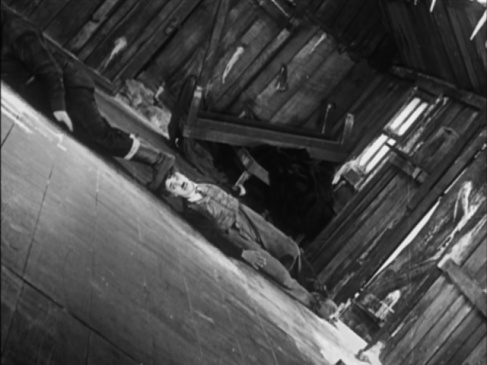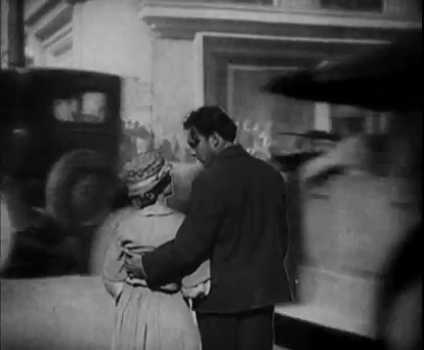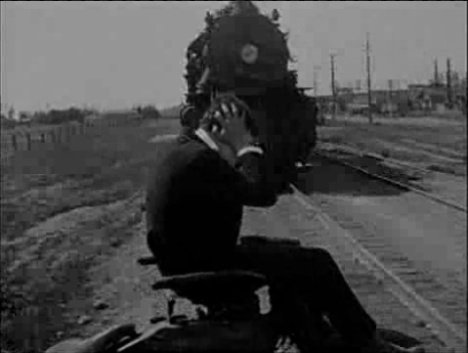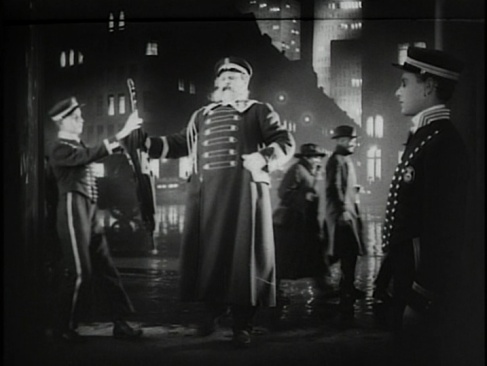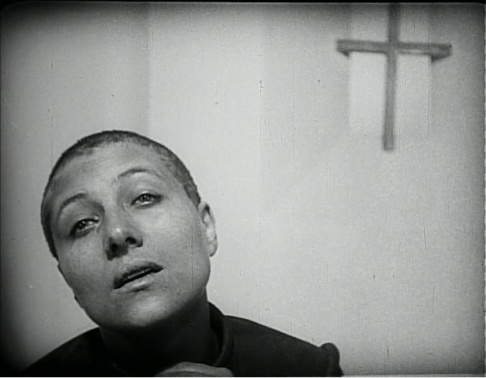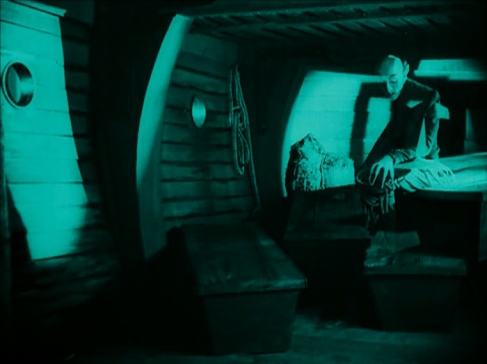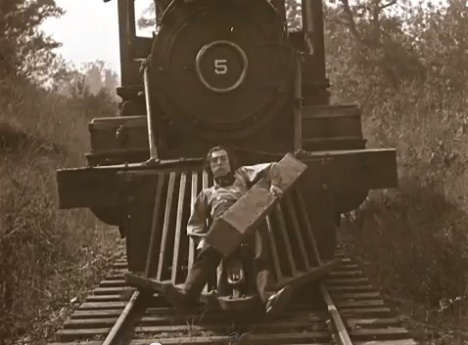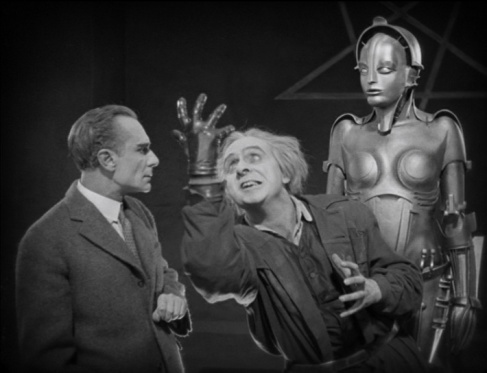
Futurama. The prototypical mad scientist Rotwang shows off his mechanical hand and his mechanical-man to Joh Frederson, the effective ruler of Metropolis, the dystopic society created by director Fritz Lang.
Above ground, a towering, glittering city filled with a pleasure-seeking elite. Below ground, the tenement colony of workers who operate the massive machines that drive the city above. Metropolis (1927) is the story of a young man and woman who try to break down the divide between the classes in the name of love and common humanity. But little of that matters, because the film is foremost a canvas on which director Fritz Lang creates some of cinema’s most enduring images and characters. The most expensive silent film ever made, Metropolis represents ground zero for cinematic science fiction — even more so than A Trip to the Moon. Every cinematic dystopia from Blade Runner to Akira to The Matrix owes a debt to Metropolis‘ title city. The novel Frankenstein may have created the mad scientist, but it is the performance of Lang regular Rudolf Klein-Rogge as the fiendish inventor Rotwang that serves as the model for every deranged scientist to come. And Metropolis‘ most famous creation, the Machine-Man, was effectively cinema’s first robot (and served as direct model for C-3PO in Star Wars). In all, Metropolis is a simplistic take on class conflict, but one told on a grand scale and with a visual inventiveness that has kept it relevant and eye-popping for over 85 years. (150 min.) Continue reading
